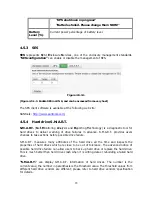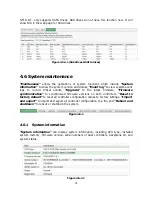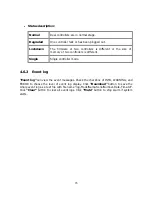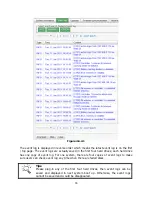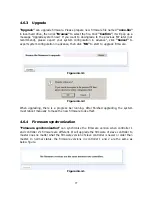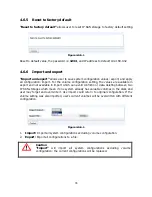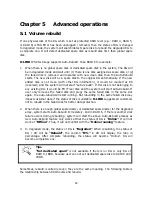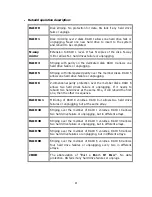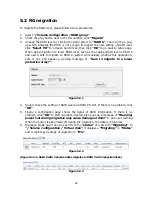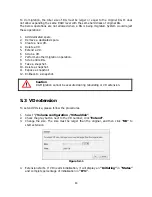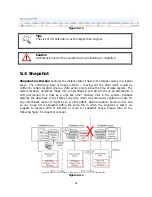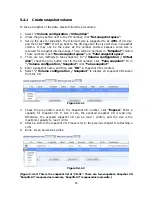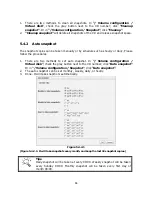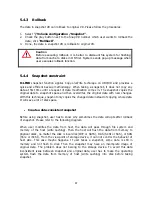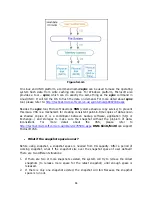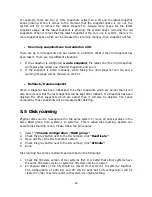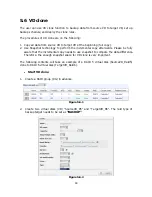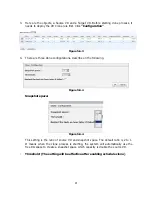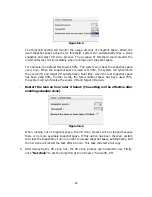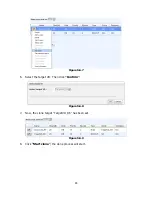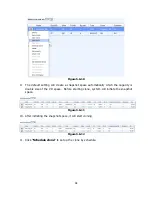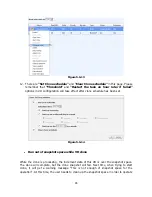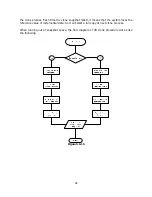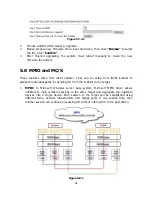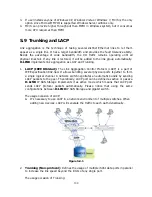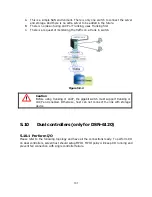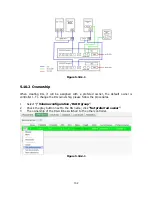
87
5.4.3
Rollback
The data in snapshot VD can rollback to original VD. Please follow the procedures.
1.
Select “/ Volume configuration / Snapshot”.
2.
Check the gray button next to the Snap VD number which user wants to rollback the
data; click “Rollback”.
3.
Done, the data in snapshot VD is rollback to original VD.
Caution
Before executing rollback, it is better to dismount file system for flushing
data from cache to disks in OS first. System sends pop-up message when
user executes rollback function.
5.4.4
Snapshot constraint
D-LINK snapshot function applies Copy-on-Write technique on UDV/VD and provides a
quick and efficient backup methodology. When taking a snapshot, it does not copy any
data at first time until a request of data modification comes in. The snapshot copies the
original data to snapshot space and then overwrites the original data with new changes.
With this technique, snapshot only copies the changed data instead of copying whole data.
It will save a lot of disk space.
Create a data-consistent snapshot
Before using snapshot, user has to know why sometimes the data corrupts after rollback
of snapshot. Please refer to the following diagram.
When user modifies the data from host, the data will pass through file system and
memory of the host (write caching). Then the host will flush the data from memory to
physical disks, no matter the disk is local disk (IDE or SATA), DAS (SCSI or SAS), or SAN
(fibre or iSCSI). From the viewpoint of storage device, it can not control the behavior of
host side. This case maybe happens. If user takes a snapshot, some data is still in
memory and not flush to disk. Then the snapshot may have an incomplete image of
original data. The problem does not belong to the storage device. To avoid this data
inconsistent issue between snapshot and original data, user has to make the operating
system flush the data from memory of host (write caching) into disk before taking
snapshot.

